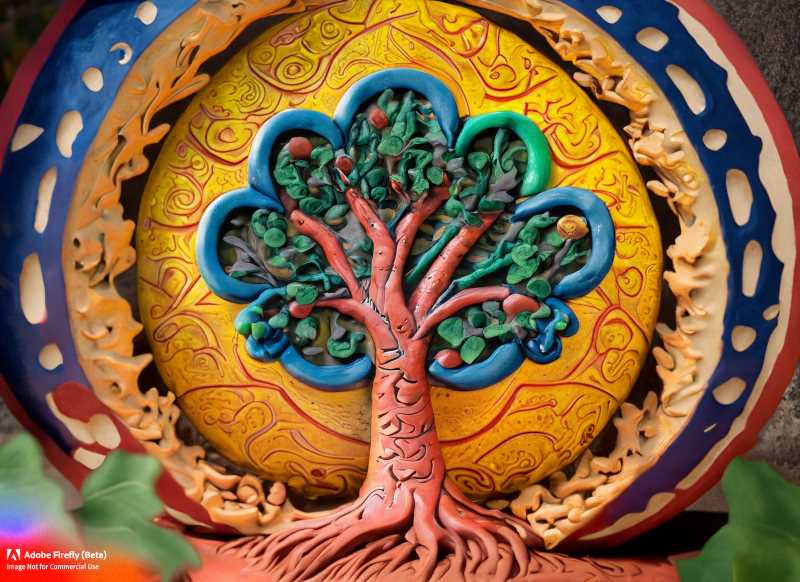Immigration's Influence on Artisans of the State of Mexico
Discover the diverse and dynamic craft tradition of Mexico, where artisans create unique and high-quality handicrafts. From pottery and ceramics to pyrotechnics and blown glass, learn about the different craft categories and specialties of various municipalities.





